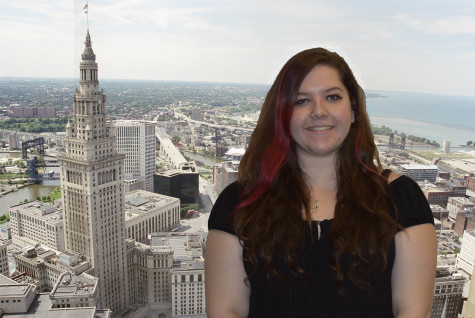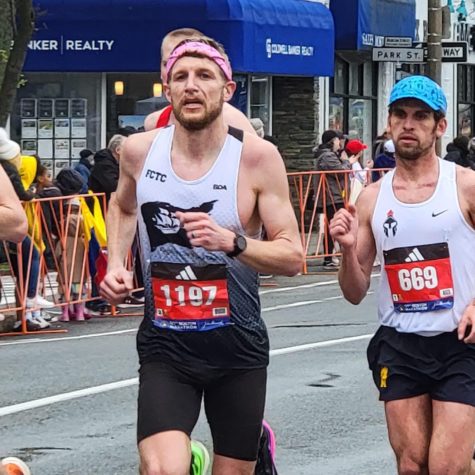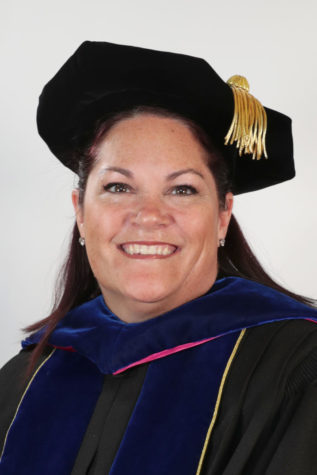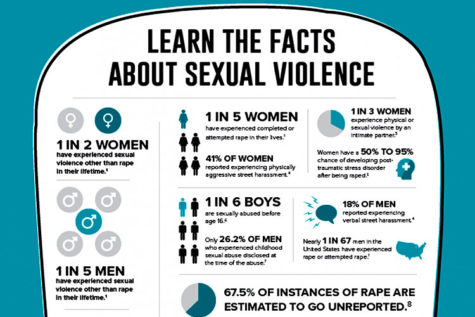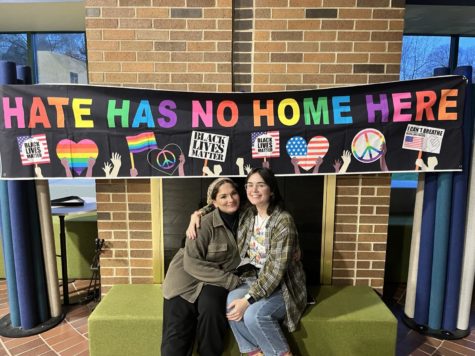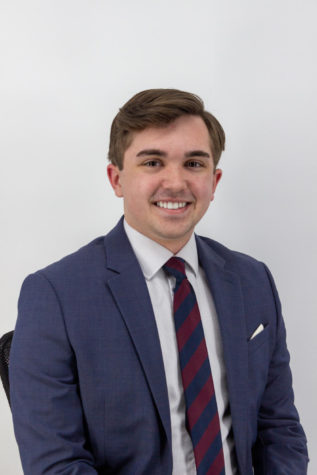Bryan Stevenson review
September 14, 2016
Bryan Stevenson is the Executive Director of the Equal Justice Initiative. The EJI is a legal practice that defends the poor, the wrongly condemned and women and children who have been egregiously mistreated. His book “Just Mercy: A Story of Justice and Redemption” is a best-selling novel that discusses his journey through the legal system.
The Mary D’Angelo Performing Arts Center was filled to capacity as anticipated. He began the talk by telling the audience that he believed we could be the catalyst in reforming the criminal justice system. Following this, he listed incarceration statistics and how incarceration rates have increased drastically in the past few years.
He separated the lecture into four sections. These sections illustrate the fundamentals in how the criminal justice system can be reformed.
The first element of his theory is to increase justice by willing to change and get closer to those “dark” places. He believes that we must be proximate to the people living in the margins in our society. He believes this because “there is power in proximity.” Stevenson illustrated this with an anecdote from his childhood. He grew up in an impoverished community that was racially segregated because he could not attend schools that were for the more privileged children. One day a few lawyers came in and changed this and he then had the opportunity to have a better education. These lawyers were proximate to his community, which allowed him to attend a better school.
He attended Harvard Law School because he was worried about social justice and poverty. As a law student his first experience was with a death row inmate who he spoke to for about three hours. This inmate, who began singing him a hymn, inspired him to help “lift the inmates and impoverished out of their situation.” He began this journey through more research.
The second element is to change the narrative that sustains the policies and procedures. The example that he gave would be to ensure that “drug problems” are considered health problems instead of criminal activity. “We live in a country that is run by fear and anger,” he said to illustrate that these are the ingredients to oppression. However, changing the narrative is harder than policy. He also made the point that we have used racial difference as a narrative to commit genocide such as the case with Native Americans and African-Americans.
The third element is that we need to stay hopeful. “Hopelessness becomes the enemy of the justice system,” Stevenson said. He began this subtopic with his distaste for whenever people romanticize the 1940s and 1950s and when people in the South celebrate Confederate Memorial days. He also mentioned that he was 56 years old and I thought that was very impressive because he does not look a day over 30. There were times over the years throughout his career when he felt like giving up and turning back; however, even in his least dignified moments, he kept powering through.
The fourth element is that we need to be willing to step outside of our comfort zone. I would like to mention at this point in the lecture, is that some people do not understand the concept of silencing their phone. He elaborated on this with an inmate who had been on death row for 30 years. Even though this person was mentally ill, he was still refused a stay of execution. “In our legal system they care about finality more than cause,” he said regarding this case. He poses the rhetorical question, “Why do we want to kill broken people?”
His epiphany was that he realized that all of the people he worked for were broken and that the people in charge of the system systematically breaks down these people. “I do what I do because I am broken too,” he said. We have to look at how we treat the poor, incarcerated and underprivileged because that is a reflection of who we are. He closed the lecture by stating how honored he was to give Mercyhurst University a lecture. Honestly, Mercyhurst University is honored to have been able to host him on our campus.

